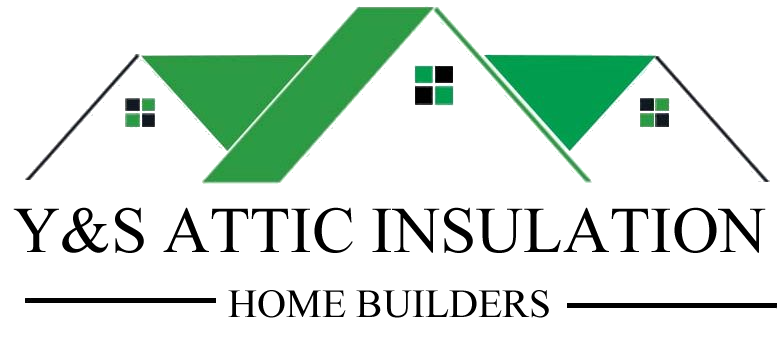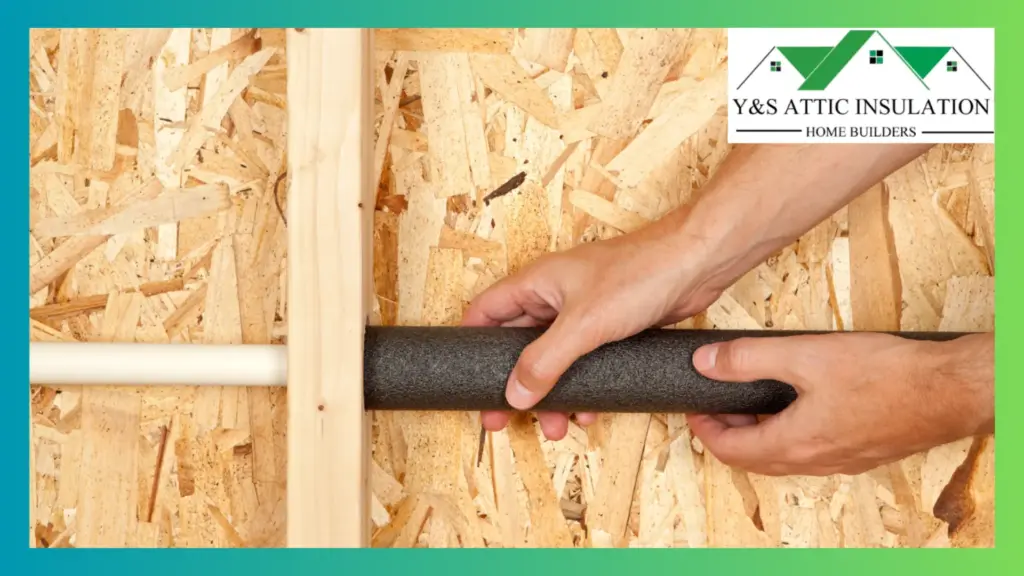Choosing the right insulation installation technique is essential for creating an energy-efficient and comfortable space. Each method comes with its own advantages and limitations, depending on the type of building, climate, and budget. By understanding the pros and cons of these techniques, homeowners and contractors can make more informed decisions.
Fiberglass Batt and Roll Insulation
Fiberglass batt and roll insulation is one of the most traditional methods used in walls, ceilings, and floors.
- Pros: It’s affordable, widely available, and relatively easy to install, making it a great option for DIY projects. It also provides effective thermal resistance when installed properly.
- Cons: It may leave gaps in irregularly shaped spaces, reducing its efficiency. Improper installation can lead to air leakage, and its fibers can be irritating to the skin and lungs without proper protection.
Spray Foam Insulation
Spray foam insulation is applied as a liquid that expands into a dense foam, sealing gaps and cracks effectively.
- Pros: It offers superior air sealing, moisture resistance, and high R-value per inch. Spray foam is ideal for irregular spaces and provides added structural support.
- Cons: This method is more expensive than others and requires professional installation. It also may emit odors during application and can be difficult to remove if overapplied.
Blown-In Insulation
Blown-in insulation involves using a machine to apply loose-fill materials like cellulose or fiberglass into walls and attics.
- Pros: It fills small gaps and crevices effectively, providing uniform coverage. This method is perfect for retrofitting older homes and upgrading insulation without major renovations.
- Cons: Over time, the material may settle, reducing its effectiveness. Professional equipment is typically needed, and it may not be as effective in high-moisture areas.
Reflective and Radiant Barrier Insulation
Reflective insulation and radiant barriers use foil-like materials to deflect radiant heat, making them ideal for hot climates.
- Pros: They reduce heat gain effectively and work well in attics by keeping the home cooler and lowering cooling costs.
- Cons: They don’t provide traditional thermal insulation and are less effective in cold climates. Installation can be tricky, requiring proper alignment to ensure effectiveness.
Selecting the best insulation installation technique depends on the specific needs of your property and your energy efficiency goals. Understanding the benefits and limitations of each method helps you choose the most suitable option for long-term comfort and savings.
Learn more about insulation installation:
How to Choose the Right Insulation Installation Technique for Your Home
Understanding Different Types of Insulation Installation Methods


